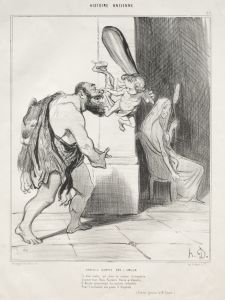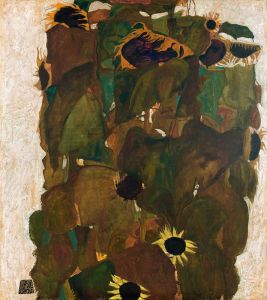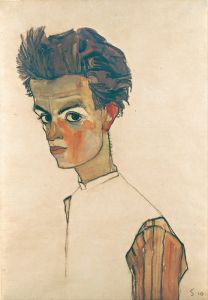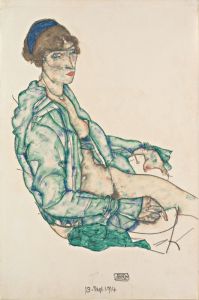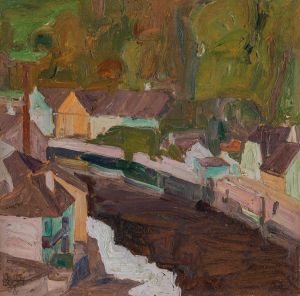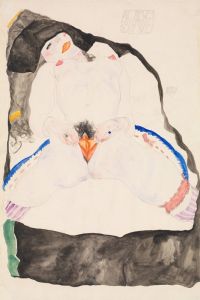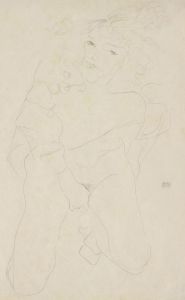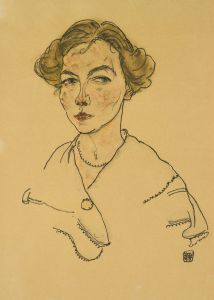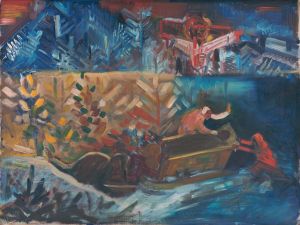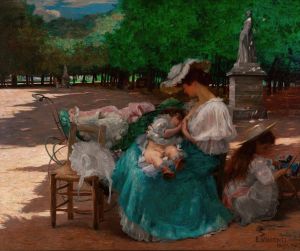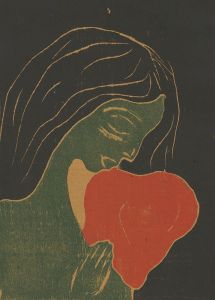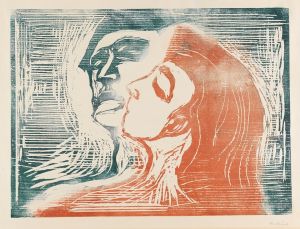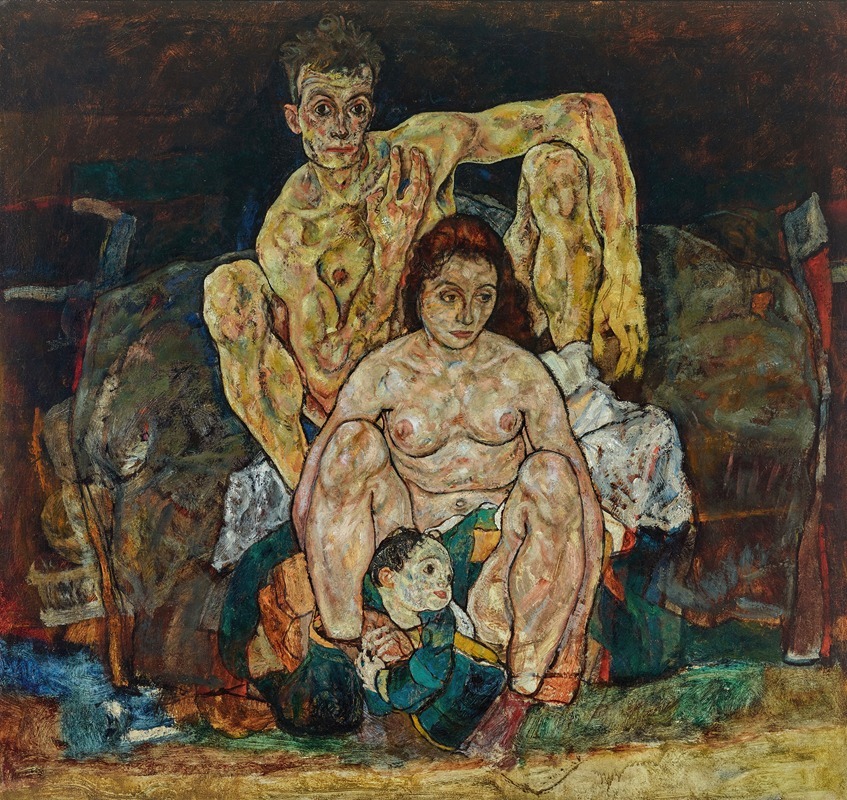
Kauerndes Menschenpaar
A hand-painted replica of Egon Schiele’s masterpiece Kauerndes Menschenpaar, meticulously crafted by professional artists to capture the true essence of the original. Each piece is created with museum-quality canvas and rare mineral pigments, carefully painted by experienced artists with delicate brushstrokes and rich, layered colors to perfectly recreate the texture of the original artwork. Unlike machine-printed reproductions, this hand-painted version brings the painting to life, infused with the artist’s emotions and skill in every stroke. Whether for personal collection or home decoration, it instantly elevates the artistic atmosphere of any space.
Egon Schiele, an Austrian painter known for his distinctive style and contribution to early 20th-century art, created the painting "Kauerndes Menschenpaar" (Crouching Couple) in 1918. This work is emblematic of Schiele's exploration of human form, emotion, and intimacy, themes that are prevalent throughout his oeuvre. Schiele was a protégé of Gustav Klimt and a significant figure in the Expressionist movement, known for his raw and often provocative depictions of the human body.
"Kauerndes Menschenpaar" is a testament to Schiele's fascination with the human figure and his ability to convey complex emotional states through his art. The painting features a man and a woman in a crouched position, their bodies intertwined in a manner that suggests both vulnerability and intimacy. Schiele's use of line and color in this work is characteristic of his style, with bold outlines and a muted palette that emphasizes the figures' emotional intensity.
The painting was created during a tumultuous period in Schiele's life. In 1918, the artist was living in Vienna, a city that was experiencing significant social and political upheaval due to the ongoing effects of World War I. Despite these challenges, Schiele continued to produce art that pushed the boundaries of traditional representation, focusing on themes of existential angst and the human condition.
Schiele's approach to the human figure was revolutionary for his time. He often depicted his subjects in contorted poses, capturing a sense of psychological tension and inner turmoil. In "Kauerndes Menschenpaar," the crouching posture of the figures may suggest a sense of protection or withdrawal from the outside world, a theme that resonates with the broader context of war and uncertainty that characterized the era.
The painting also reflects Schiele's interest in the dynamics of human relationships. The close physical proximity of the figures in "Kauerndes Menschenpaar" suggests a deep emotional connection, yet their expressions and body language leave room for interpretation regarding the nature of their relationship. This ambiguity is a hallmark of Schiele's work, inviting viewers to engage with the painting on a personal and introspective level.
Egon Schiele's career was tragically cut short when he died of the Spanish flu in October 1918, just months after completing "Kauerndes Menschenpaar." Despite his brief career, Schiele left a lasting impact on the art world, influencing subsequent generations of artists with his innovative approach to form and emotion. His works, including "Kauerndes Menschenpaar," continue to be celebrated for their emotional depth and technical mastery.
Today, Schiele's paintings are held in high regard and are featured in major art collections and exhibitions worldwide. "Kauerndes Menschenpaar" remains an important piece within Schiele's body of work, exemplifying his unique artistic vision and his ability to capture the complexities of human experience.





